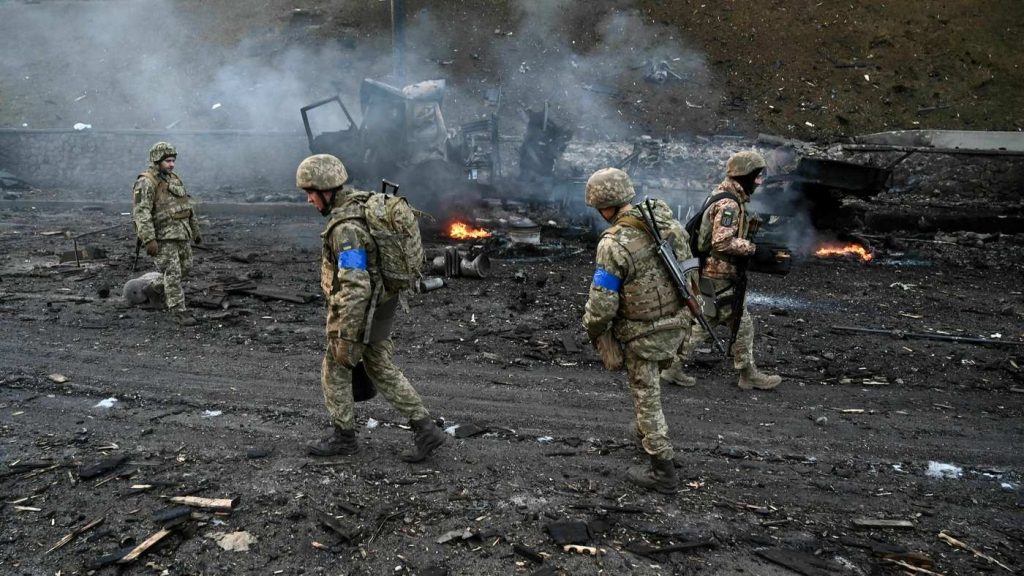
Narathiwat
Narathiwat is one of the southern provinces (changwat) of Thailand. Neighboring provinces are (from west clockwise) Yala and Pattani. To the south it borders the Malaysian state of Kelantan and Perak. The southern railway line ends in this province, which is one of the nation's four provinces that border Malaysia. The province features a range of cultures as well as natural resources, and is relatively fertile. Narathiwat is about 1,140 kilometers south of Bangkok and has an area of 4,475 square kilometers. Seventy-five percent of the area is jungle and mountains and has a tropical climate.Geography Narathiwat Province is on the Gulf of Thailand, on the Malay Peninsula. The Bang Nara is the main river and enters the Gulf of Thailand at the town of Narathiwat. Narathat Beach, the most popular in the province, is near the estuary. Budo–Su-ngai Padi National Park is in the Sankalakhiri mountain range. Established in 1974, the park covers an area of 294 km², extending into neighbouring Yala and Pattani Provinces. The main attraction is Pacho Waterfall.Toponymy The former name of Narathiwat was Menara (Jawi: منارا), meaning a 'minaret' in Malay, the pre-Islamic name is unknown. This became Bang Nara (Thai: บางนรา) or Bang Nak (Thai: บางนาค) in Thai,[6] but was changed to Narathiwat by King Rama VI in 1915. "Narathiwat", from the Sanskrit (Nara+adhivāsa), means the residence of wise people. Today, traffic signs in Malaysia still use Menara.History Historically, Narathiwat was the part of the semi-independent Malay Sultanate of Patani, paying tribute to the Thai kingdoms of Sukhothai and Siamese Ayutthaya Kingdom. After Ayutthaya fell in 1767, the Sultanate of Patani gained full independence, but under King Rama I it again came under Thai control 18 years later and in the early–1800s was divided into seven smaller kingdoms.In 1909, Narathiwat was fully integrated into Siam as part of Anglo-Siamese Treaty of 1909 negotiated with the British Empire. Along with Yala, Narathiwat was then part of Monthon Pattani.Demographics Narathiwat is one of four Thai provinces (along with Yala, Pattani, and Satun) with a predominantly Muslim population; 82% are Muslim and 17.9% are Buddhist. Also 80.4% speak the Patani Malay as their first language.[4] Narathiwat Malays are very similar in ethnicity and culture to the Malays of Kelantan, Malaysia.In 1963, the Thai government launched the Nikhom Sang Ton Eng Pak Tai ('self-development community in the south') program to move families from Thailand's northeastern and central provinces to the Sukhirin and Chanae Districts of Narathiwat. A total of 5,633 families were relocated to Narathiwat, where each family was rewarded with 18 rai of land. In Phukhao Thong Subdistrict as of 2019, most inhabitants migrated from the northeast. They speak Isan and are 90% Buddhist in what is a predominantly Muslim province.The inhabitants of Narathiwat are largely farmers and fishermen. Narathiwat is an area with various religious places of historical significance.Symbols The provincial seal shows a sailing boat with a white elephant on the sail. A white elephant is a royal symbol, and was put on the seal to commemorate the white elephant Phra Sri Nararat Rajakarini which was caught here and presented to the king. The provincial symbol is the longkong fruit (Lansium parasiticum). The provincial tree is the Chengal (Neobalanocarpus heimii), and the provincial flower is the Odontadenia macrantha.
Narathiwat is one of the southern provinces (changwat) of Thailand Neighboring provinces are (from west clockwise Yala and Pattani To the south it borders the Malaysian state of Kelantan and Perak The southern railway line ends in this province which is one of the nation 's four provinces that border Malaysia The province features range of cultures as well as natural resources and is relatively fertile Narathiwat is about 1,140 kilometers south of Bangkok and has an area of 4,475 square kilometers Seventy-five percent of the area is jungle and mountains and has tropical climate .Geography Narathiwat Province is on the Gulf of Thailand on the Malay Peninsula The Bang Nara is the main river and enters the Gulf of Thailand at the town of Narathiwat Narathat Beach the most popular in the province is near the estuary . Budo–Su-ngai Padi National Park is in the Sankalakhiri mountain range Established in 1974 the park covers an area of 294 km ², extending into neighbouring Yala and Pattani Provinces The main attraction is Pacho Waterfall .Toponymy The former name of Narathiwat was Menara (Jawi: منارا), meaning 'minaret' in Malay the pre-Islamic name is unknown This became Bang Nara (Thai: บา นรา or Bang Nak (Thai: นาค in Thai ,[6] but was changed to Narathiwat by King Rama VI in 1915 "Narathiwat", from the Sanskrit (Nara+adhivāsa), means the residence of wise people Today traffic signs in Malaysia still use Menara .History Historically, Narathiwat was the part of the semi-independent Malay Sultanate of Patani paying tribute to the Thai kingdoms of Sukhothai and Siamese Ayutthaya Kingdom After Ayutthaya fell in 1767 the Sultanate of Patani gained full independence but under King Rama it again came under Thai control 18 years later and in the early –1800s was divided into seven smaller kingdoms .In 1909 Narathiwat was fully integrated into Siam as part of Anglo-Siamese Treaty of 1909 negotiated with the British Empire Along with Yala Narathiwat was then part of Monthon Pattani .Demographics Narathiwat is one of four Thai provinces (along with Yala Pattani and Satun with predominantly Muslim population 82 are Muslim and 17.9 are Buddhist Also 80.4 speak the Patani Malay as their first language .[4] Narathiwat Malays are very similar in ethnicity and culture to the Malays of Kelantan Malaysia .In 1963 the Thai government launched the Nikhom Sang Ton Eng Pak Tai ('self-development community in the south ') program to move families from Thailand 's northeastern and central provinces to the Sukhirin and Chanae Districts of Narathiwat total of 5,633 families were relocated to Narathiwat where each family was rewarded with 18 rai of land In Phukhao Thong Subdistrict as of 2019 most inhabitants migrated from the northeast They speak Isan and are 90 Buddhist in what is predominantly Muslim province .The inhabitants of Narathiwat are largely farmers and fishermen Narathiwat is an area with various religious places of historical significance .Symbols The provincial seal shows sailing boat with white elephant on the sail white elephant is royal symbol and was put on the seal to commemorate the white elephant Phra Sri Nararat Rajakarini which was caught here and presented to the king . The provincial symbol is the longkong fruit (Lansium parasiticum ). The provincial tree is the Chengal (Neobalanocarpus heimii ), and the provincial flower is the Odontadenia macrantha





